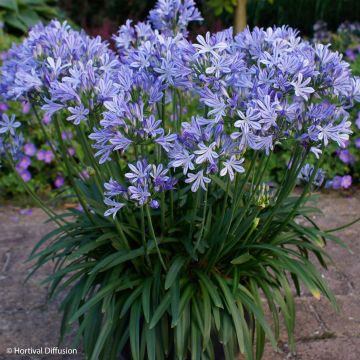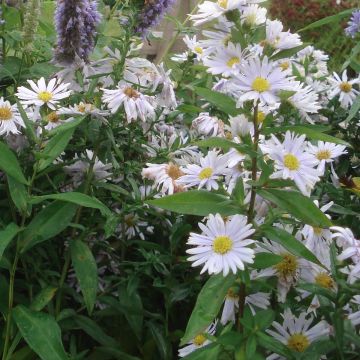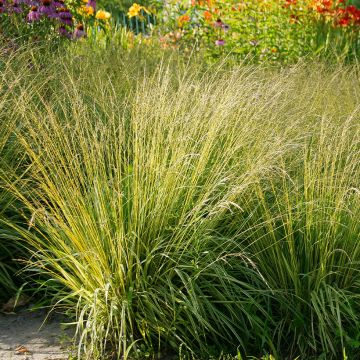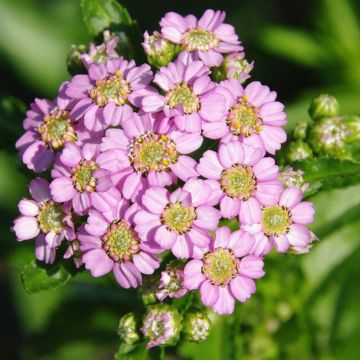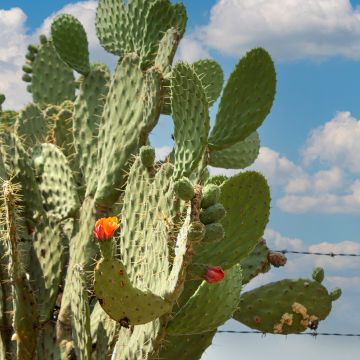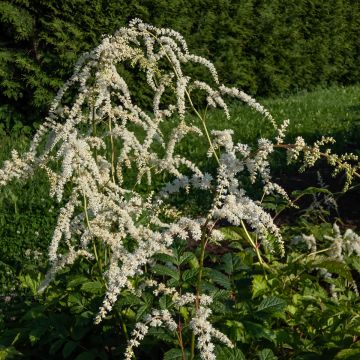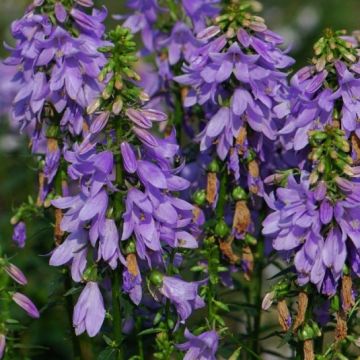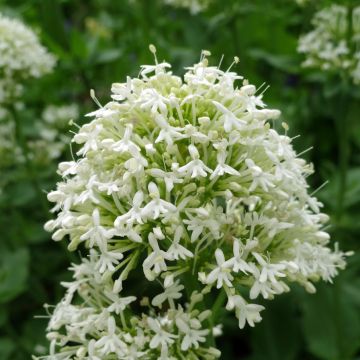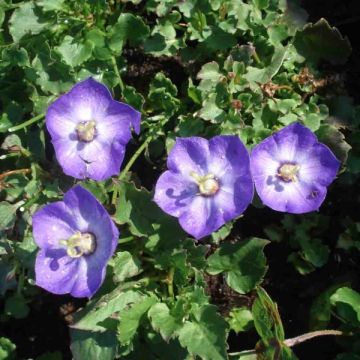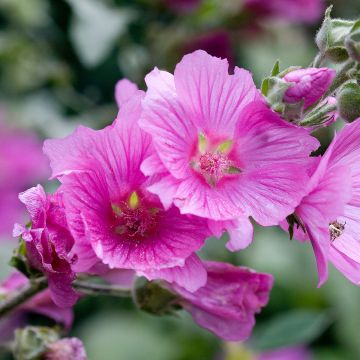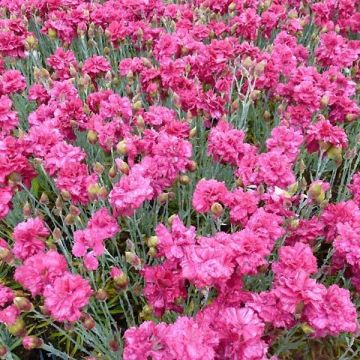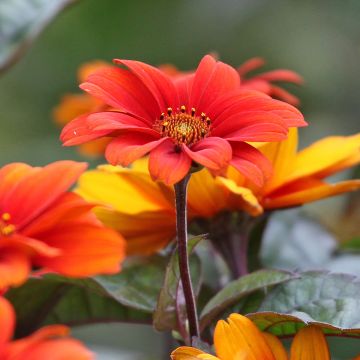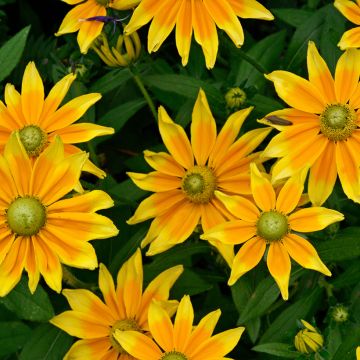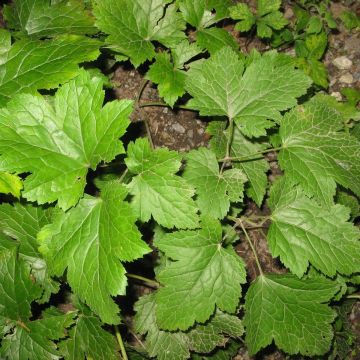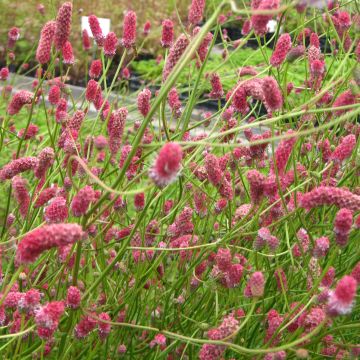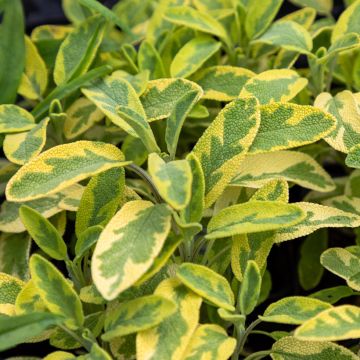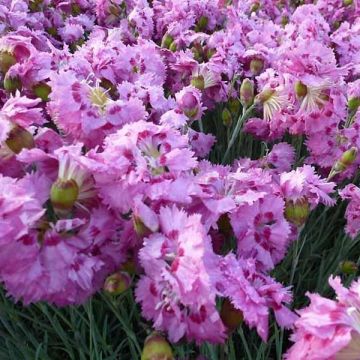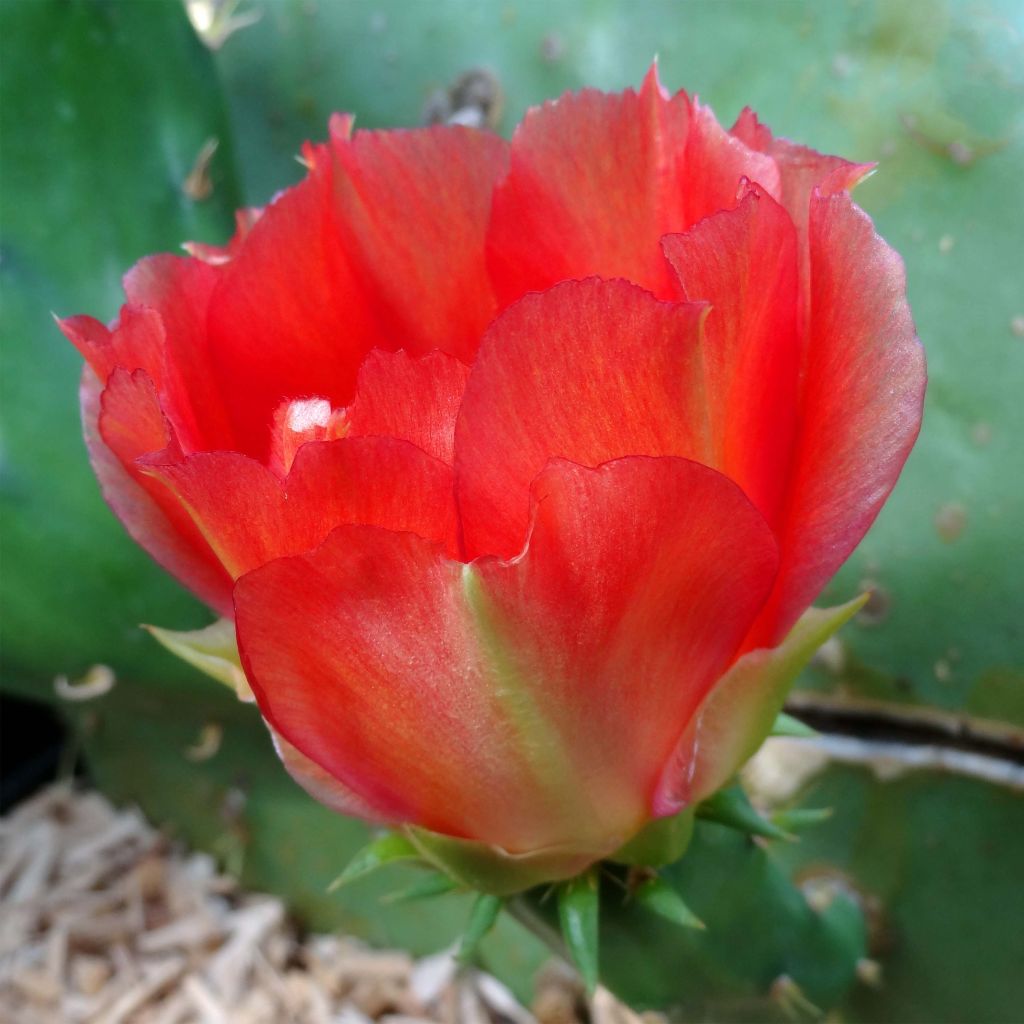

Opuntia engelmannii var. indheimeri - Prickly Pear
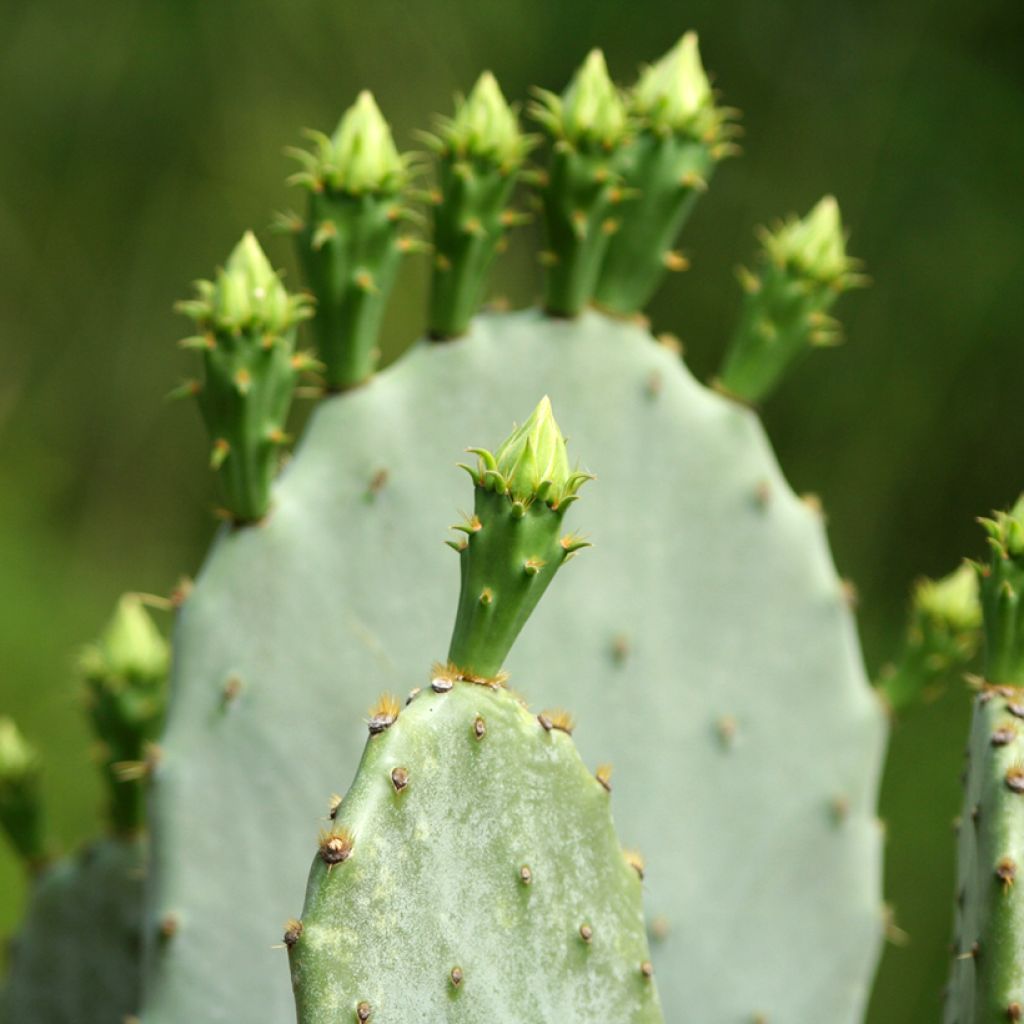

Opuntia engelmannii var. indheimeri - Prickly Pear
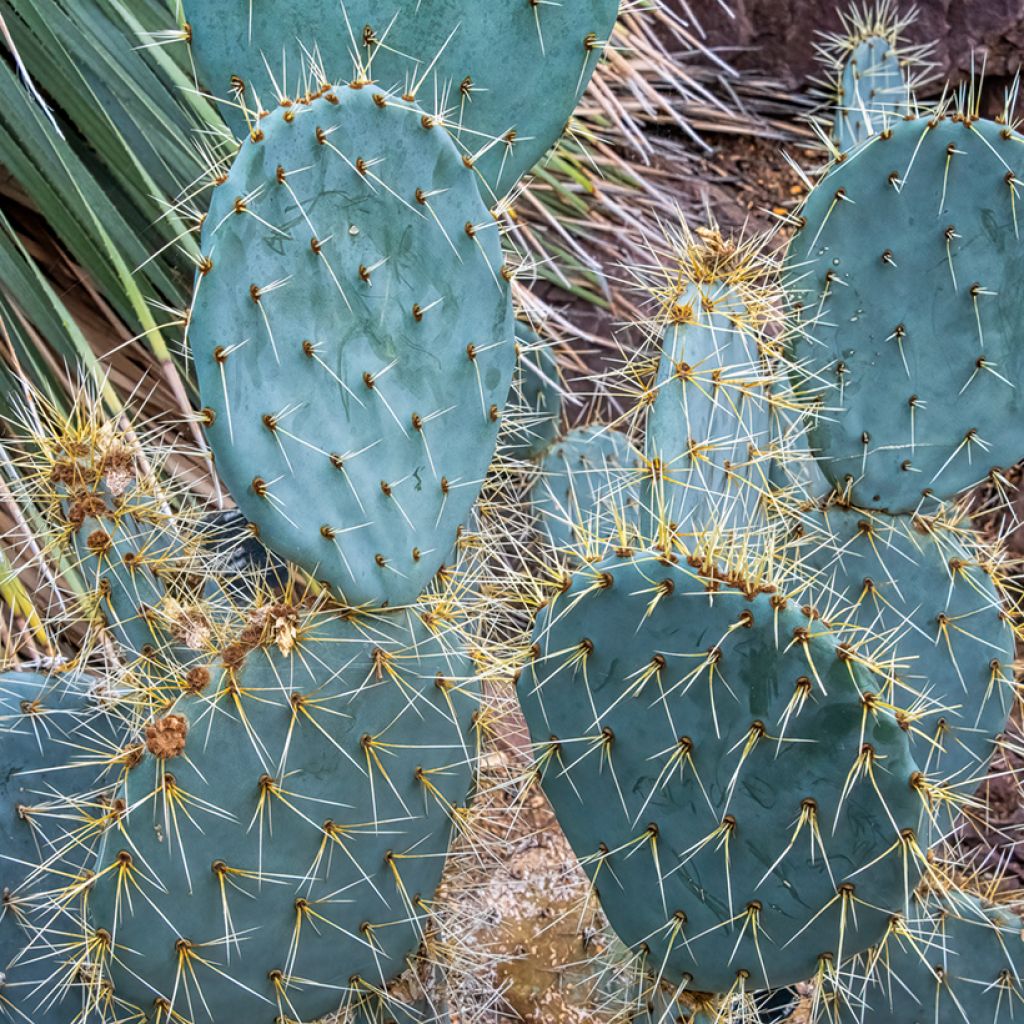

Opuntia engelmannii var. indheimeri - Prickly Pear
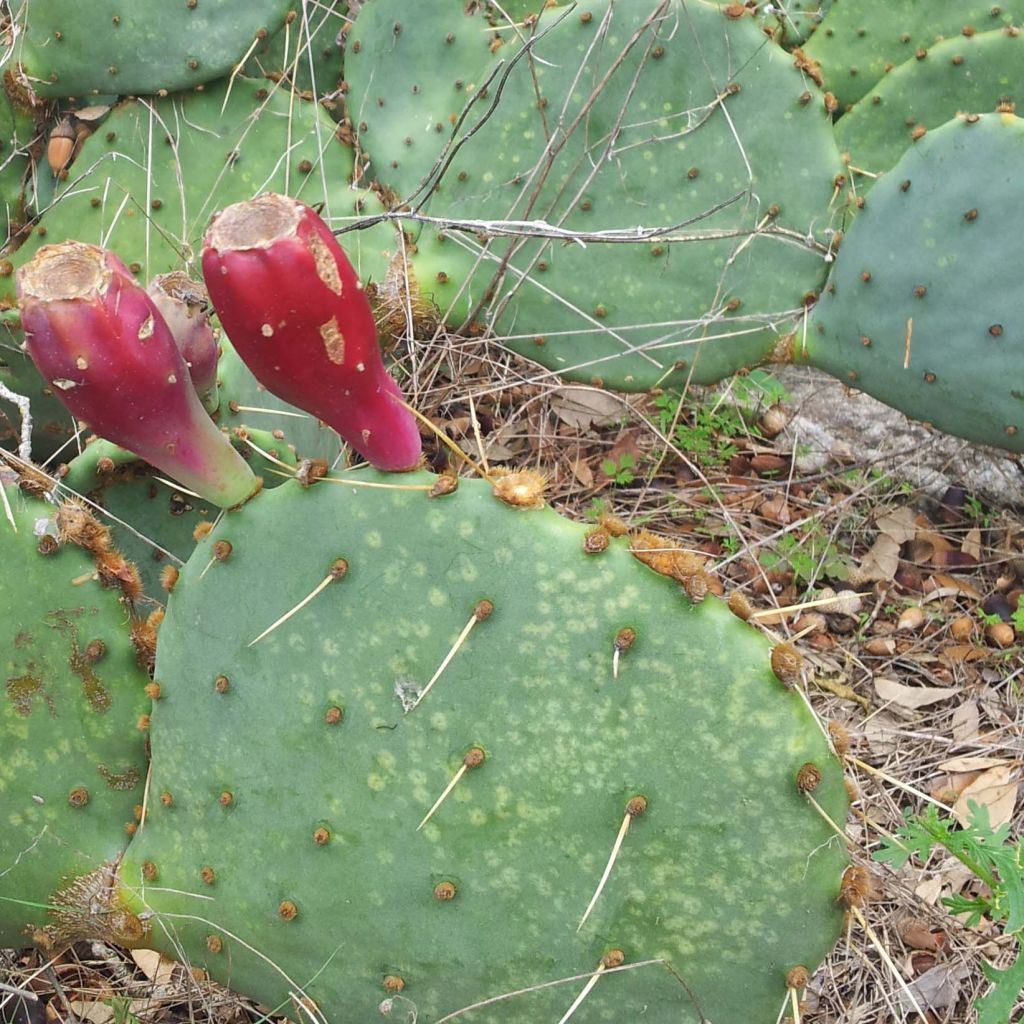

Opuntia engelmannii var. indheimeri - Prickly Pear
Opuntia engelmannii var. indheimeri - Prickly Pear
Opuntia engelmannii var.indheimeri
Engelmann's Prickly Pear, Cow's Tongue Cactus
This item cannot be shipped to the selected country
Delivery charge from €5.90
More information
Schedule delivery date,
and select date in basket
This plant carries a 12 months recovery warranty
More information
We guarantee the quality of our plants for a full growing cycle, and will replace at our expense any plant that fails to recover under normal climatic and planting conditions.
From €5.90 for pickup delivery and €6.90 for home delivery
Express home delivery from €8.90.
Does this plant fit my garden?
Set up your Plantfit profile →
Description
The Opuntia engelmannii var. lindheimeri is a robust and dense arborescent prickly pear that stands out for its hardiness and floribundance. This Texan plant is composed of light green to grey-green pads, thin, round and large, often concave, and powerfully armed with formidable golden spines. From spring to summer, and even into autumn, an abundance of cup-shaped flowers bloom, delicate like crumpled silk, displaying a beautiful bright orange color. Its growth is quite rapid and its cultivation, in rocky and well-drained soil, poses no problems. Stunning in a minimalist setting, spectacular against a backdrop of rocks and blue sky, it naturally structures exotic or contemporary landscapes.
The Opuntia engelmannii, a close relative of the Prickly Pear (Opuntia ficus indica), is a succulent plant devoid of true leaves from the cactus family. This botanical species is native to the arid regions of Texas, USA, where it grows along the Rio Grande River and in the surrounding plains. The lindheimeri is a floriferous variety with adult specimens reaching over 2 m (7ft) in all directions under favorable conditions. The vegetation consists of a trunk that can reach 40 cm (16in) in diameter over time, dividing into flattened, thin, wavy and round branches of fairly uniform size, called articles or pads. Their surface, of a slightly glaucous gray-green color, is quite smooth, but abundantly covered with both large and tiny golden prickles called glochides, which are very dangerous when handling. Flowering occurs from June to September with several flowers appearing on the periphery of the pads. Their color is a dazzling orange, almost translucent. On the same plant, there may be flowers that are more or less yellow or orange. They are followed by fruits heavily covered with glochides that turn purple-red when ripe before falling. They are less tasty than the Prickly Pear's fruits, but they remain perfectly edible. To remove the finest spines, pass the fruits over a flame as you would with poultry to clean the skin of any remaining feathers.
Cultivable in almost all regions, this cactus is hardy down to -15°C without protection, but in well-drained, rocky, stony or sandy soil. It will find its place in a large rockery, a gravel bed, or at the edges of a dry garden, where its sharp silhouette will stand out beautifully against a mineral and austere backdrop, populated with some grasses, agaves, Hesperaloe parviflora, and arborescent Euphorbias. Planted as a dense hedge, the Opuntia engelmannii var. lindheimeri will constitute a first-class defensive hedge. It should be kept away from pathways and children, due to its formidable spines, as well as those, transparent and almost invisible to the naked eye, which penetrate our skin with disconcerting ease and are difficult to remove.
Report an error about the product description
Opuntia engelmannii var. indheimeri - Prickly Pear in pictures
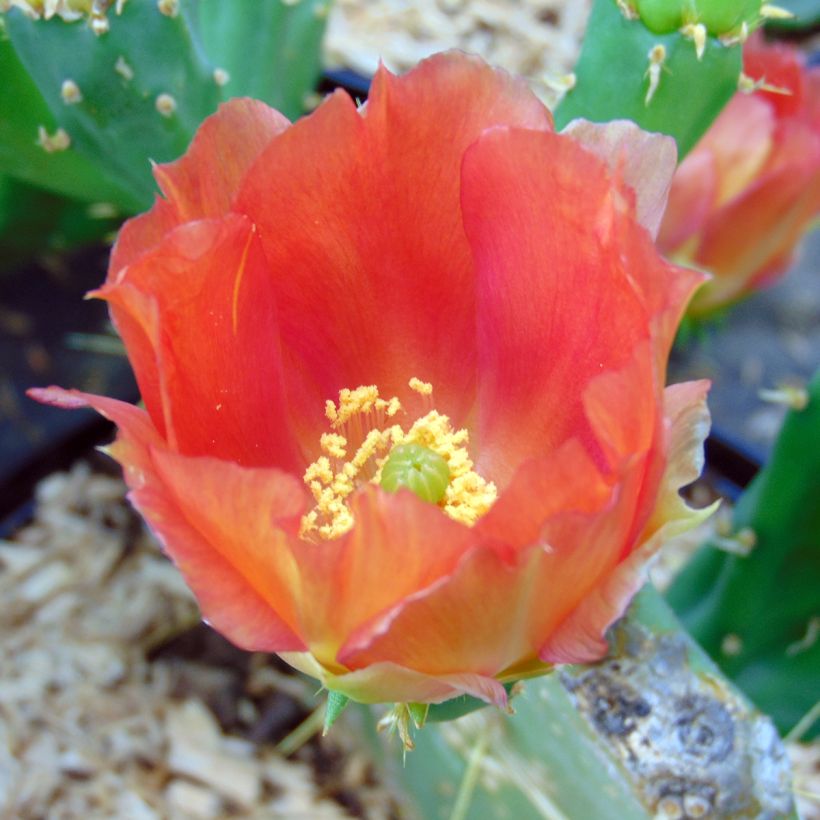

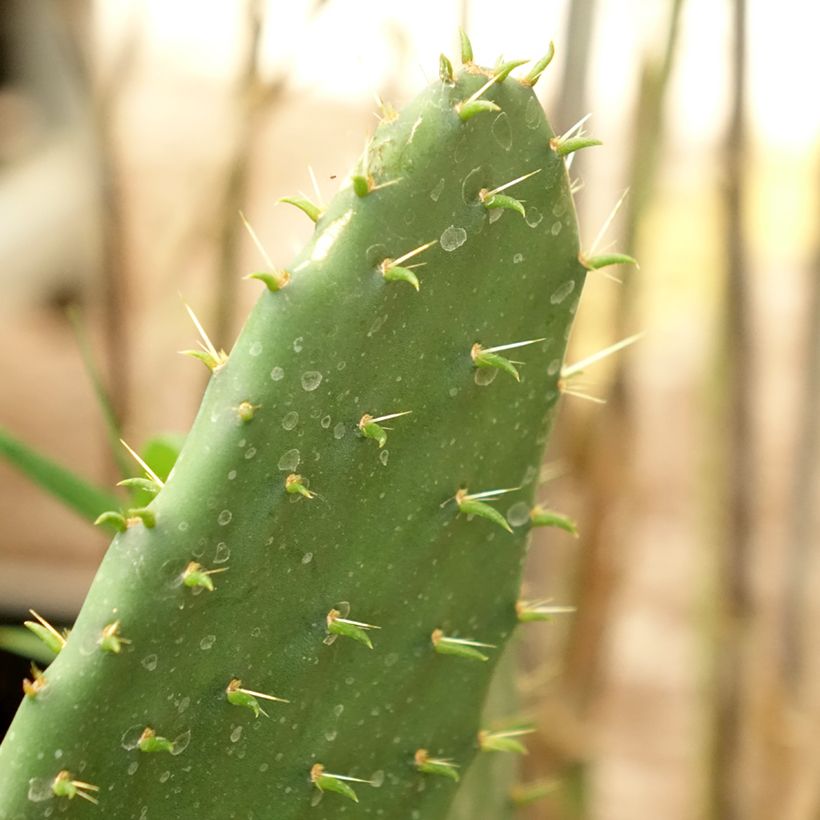

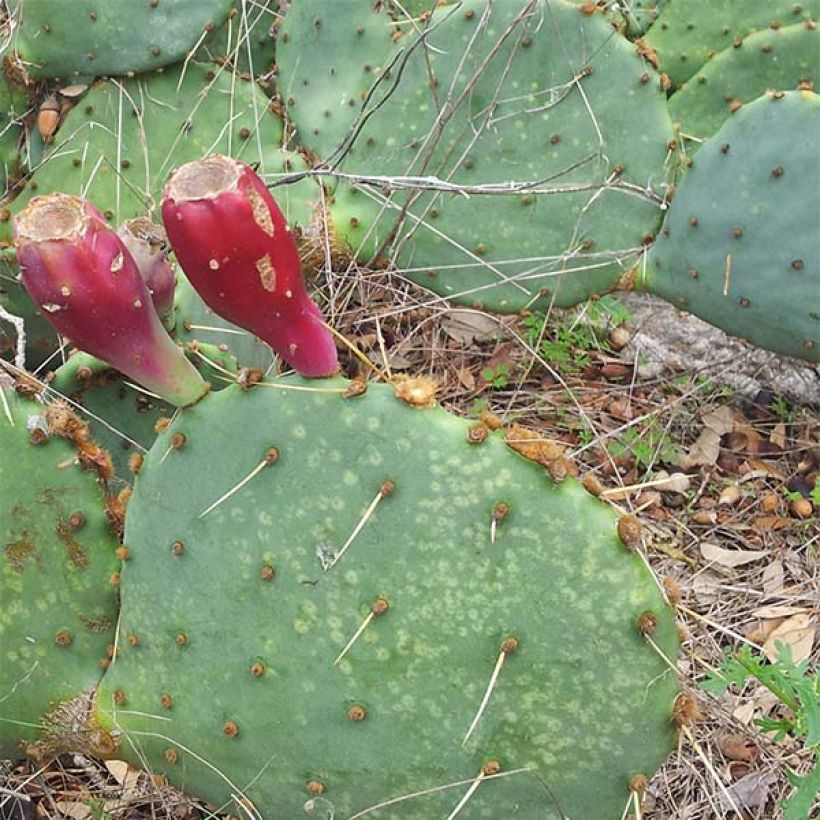

Flowering
Foliage
Plant habit
Botanical data
Opuntia
engelmannii var.indheimeri
Cactaceae
Engelmann's Prickly Pear, Cow's Tongue Cactus
North America
Other Perennials A to Z
Planting and care
Plant Opuntia engelmannii var. lindheimeri in spring or early autumn, in full sun, or even in partial shade in hot and dry climates, in a preferably poor, even rocky, limestone, sandy, but very well-drained soil. It tolerates winter humidity in porous soil, and appreciates dry, even arid soils in summer. It can withstand intense frosts, up to about -18°C (1°F). Its articles sometimes collapse in winter, due to the cold, but 'reinflate' in spring. This species also tolerates sea spray, and can therefore be cultivated in coastal regions. It is not known to be susceptible to any pests.
Cultivation substrate: 3/4 potting soil + 1/4 vegetable soil + organic fertilizer for potted plants. Sandy, very rocky soil, poor in clay for outdoor cultivation.
Propagation is easy: take a cutting at a junction, place it on a cactus-type substrate for a few days, until a healing callus forms. Then, bury the base of the cutting a little deeper into the soil and water regularly. The plant will not flower or bear fruit until it is 3 years old.
Handle your cacti with gloves and protective goggles.
Planting period
Intended location
Care
-
, onOrder confirmed
Reply from on Promesse de fleurs
Summer flowering perennials
Haven't found what you were looking for?
Hardiness is the lowest winter temperature a plant can endure without suffering serious damage or even dying. However, hardiness is affected by location (a sheltered area, such as a patio), protection (winter cover) and soil type (hardiness is improved by well-drained soil).

Photo Sharing Terms & Conditions
In order to encourage gardeners to interact and share their experiences, Promesse de fleurs offers various media enabling content to be uploaded onto its Site - in particular via the ‘Photo sharing’ module.
The User agrees to refrain from:
- Posting any content that is illegal, prejudicial, insulting, racist, inciteful to hatred, revisionist, contrary to public decency, that infringes on privacy or on the privacy rights of third parties, in particular the publicity rights of persons and goods, intellectual property rights, or the right to privacy.
- Submitting content on behalf of a third party;
- Impersonate the identity of a third party and/or publish any personal information about a third party;
In general, the User undertakes to refrain from any unethical behaviour.
All Content (in particular text, comments, files, images, photos, videos, creative works, etc.), which may be subject to property or intellectual property rights, image or other private rights, shall remain the property of the User, subject to the limited rights granted by the terms of the licence granted by Promesse de fleurs as stated below. Users are at liberty to publish or not to publish such Content on the Site, notably via the ‘Photo Sharing’ facility, and accept that this Content shall be made public and freely accessible, notably on the Internet.
Users further acknowledge, undertake to have ,and guarantee that they hold all necessary rights and permissions to publish such material on the Site, in particular with regard to the legislation in force pertaining to any privacy, property, intellectual property, image, or contractual rights, or rights of any other nature. By publishing such Content on the Site, Users acknowledge accepting full liability as publishers of the Content within the meaning of the law, and grant Promesse de fleurs, free of charge, an inclusive, worldwide licence for the said Content for the entire duration of its publication, including all reproduction, representation, up/downloading, displaying, performing, transmission, and storage rights.
Users also grant permission for their name to be linked to the Content and accept that this link may not always be made available.
By engaging in posting material, Users consent to their Content becoming automatically accessible on the Internet, in particular on other sites and/or blogs and/or web pages of the Promesse de fleurs site, including in particular social pages and the Promesse de fleurs catalogue.
Users may secure the removal of entrusted content free of charge by issuing a simple request via our contact form.
The flowering period indicated on our website applies to countries and regions located in USDA zone 8 (France, the United Kingdom, Ireland, the Netherlands, etc.)
It will vary according to where you live:
- In zones 9 to 10 (Italy, Spain, Greece, etc.), flowering will occur about 2 to 4 weeks earlier.
- In zones 6 to 7 (Germany, Poland, Slovenia, and lower mountainous regions), flowering will be delayed by 2 to 3 weeks.
- In zone 5 (Central Europe, Scandinavia), blooming will be delayed by 3 to 5 weeks.
In temperate climates, pruning of spring-flowering shrubs (forsythia, spireas, etc.) should be done just after flowering.
Pruning of summer-flowering shrubs (Indian Lilac, Perovskia, etc.) can be done in winter or spring.
In cold regions as well as with frost-sensitive plants, avoid pruning too early when severe frosts may still occur.
The planting period indicated on our website applies to countries and regions located in USDA zone 8 (France, United Kingdom, Ireland, Netherlands).
It will vary according to where you live:
- In Mediterranean zones (Marseille, Madrid, Milan, etc.), autumn and winter are the best planting periods.
- In continental zones (Strasbourg, Munich, Vienna, etc.), delay planting by 2 to 3 weeks in spring and bring it forward by 2 to 4 weeks in autumn.
- In mountainous regions (the Alps, Pyrenees, Carpathians, etc.), it is best to plant in late spring (May-June) or late summer (August-September).
The harvesting period indicated on our website applies to countries and regions in USDA zone 8 (France, England, Ireland, the Netherlands).
In colder areas (Scandinavia, Poland, Austria...) fruit and vegetable harvests are likely to be delayed by 3-4 weeks.
In warmer areas (Italy, Spain, Greece, etc.), harvesting will probably take place earlier, depending on weather conditions.
The sowing periods indicated on our website apply to countries and regions within USDA Zone 8 (France, UK, Ireland, Netherlands).
In colder areas (Scandinavia, Poland, Austria...), delay any outdoor sowing by 3-4 weeks, or sow under glass.
In warmer climes (Italy, Spain, Greece, etc.), bring outdoor sowing forward by a few weeks.


































